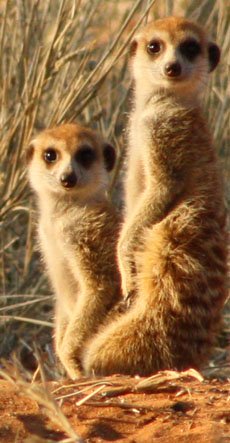My Favorite Hunt
by Karen Eaton
(Sultan, Washington USA)
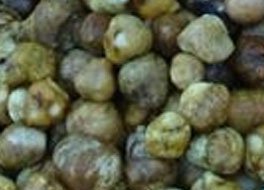
It is late afternoon, and most of the men have gone out to hunt the Burchell’s Zebra. I am talking to my guides, Isabel and Hendrik, and the three of us agree that it is time.
We pile into the truck with only the equipment that we will need for the hunt. Hendrik is driving, I am sitting in the front seat, and poor Isabel is perched over the stick shift. She jokes that it is the most comfortable seat in the truck, and we drive off.
I am the designated gate opener, and I hop out to let the truck pass through several locked gates. I am slow at the gates and Hendrik teases me, saying that when I get really good I will be promoted to riding in the bed of the truck, just like the farm hands.
We travel deep into the desert, looking for just the right spot to begin our hunt.
This afternoon the desert is cool and dry. It is mid-May, already becoming winter in the Kalahari. The tall dry grass is all there is to remind us that this had been a wet summer.
Food is plentiful for the antelope; but the tall grass is also excellent cover for the big cats. I am watchful of the dangerous shadows of the Kalahari.
As we drive, a herd of Kalahari Springbok bound away. There are Gemsbok everywhere, and Giraffe in the distance. Under a Camel Thorn tree is a little Duiker. We hear a shot from far away; later we will learn that the Zebra is down.
It is some time before Hendrik stops the truck. We are on a large pan, about 1/3 of the way down. The coral colored sand is brilliant in the late afternoon sun.
I see nothing – no tracks, no sign of our prey. But Hendrik’s eagle eyes have picked up a clue. Isabel says that he is an excellent tracker. She is sure that we are in a good spot. We take our gear from the truck and set out on foot.
Seconds later the cry goes out. Tracks in the sand! Isabel shows me the tell tale sign.
The sand is cracked ever so slightly, like a loaf of baked bread. We get down on our knees and dig with our hands. An inch or two below the surface we find our prey.
¡Nabbas! - A most delicious truffle, found only in the Kalahari, and only in the early winter following a good rainy season.
I am indeed lucky, to be at the right place at the right time. I know of no other hunter with so rare a trophy as this!
One of the best-kept secrets of the Kalahari is the African Truffle, Terezia pfeilii, also known as n/abba, mahupu, sand-potato or knoll.
We accept this special and different kind of hunting story from the author who had the great opportunity to experience such a "hunt" herself.
To go truffle hunting in the Kalahari doesn't require the sensitive snout of a pig or trained dog - just sharp eyes to spot the fine surface cracks that mark the underground presence of this superior puff-ball.
What`s long seemed a mystery, though, is that this desert truffle may appear in abundance one year and then not show up again for years: it all depends on the weather.
We've had years of good rains, and then no truffles. It has to be the right amount of rain, on the right time.
But still it remains a mystery-speciality of the Kalahari nature.
~ Webmaster
|
Enjoy this page? Please pay it forward. Here's how...
Would you prefer to share this page with others by linking to it?
- Click on the HTML link code below.
- Copy and paste it, adding a note of your own, into your blog, a Web page, forums, a blog comment, your Facebook account, or anywhere that someone would find this page valuable.
Site Search
Looking for specific information on our website? Type any word in the window below and click "Find" or view our site map.
Did you know?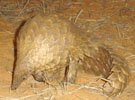
Pangolins have poor sight and do not have any external ears, although their hearing is very good. Their sense of scent is well developed and they locate ants nests by smell.Watch our Kalahari Pangolin-video! |
Namibia Tourism Board
Uitspan Hunting Safaris is registered with the Namibia Tourism Board as a Tour and Safari Operator, holding the registration number TSO01055.
![]()
![]()
![]()
![]()
![]()
![]()
![]()
![]()
![]()
![]()
![]()
![]()
![]()
![]()
![]()
![]()
![]()
![]()
![]()
![]()
![]()
![]()
![]()
![]()
![]()
![]()
![]()
![]()
![]()
![]()
![]()
![]()
![]()
![]()
![]()
![]()
![]()
![]()
![]()
![]()
![]()
![]()
![]()
![]()
![]()
![]()
![]()
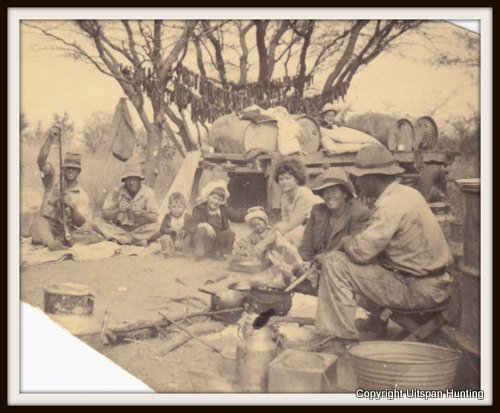
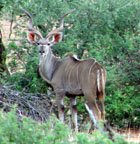
 Some animals have one sense more than man!The flehmen response is a particular type of curling of the upper lip in ungulates, felids and many other mammals. This action facilitates the transfer of pheromones and other scents into the vomeronasal organ, also called the Jacobson's Organ.
Some animals have one sense more than man!The flehmen response is a particular type of curling of the upper lip in ungulates, felids and many other mammals. This action facilitates the transfer of pheromones and other scents into the vomeronasal organ, also called the Jacobson's Organ.



